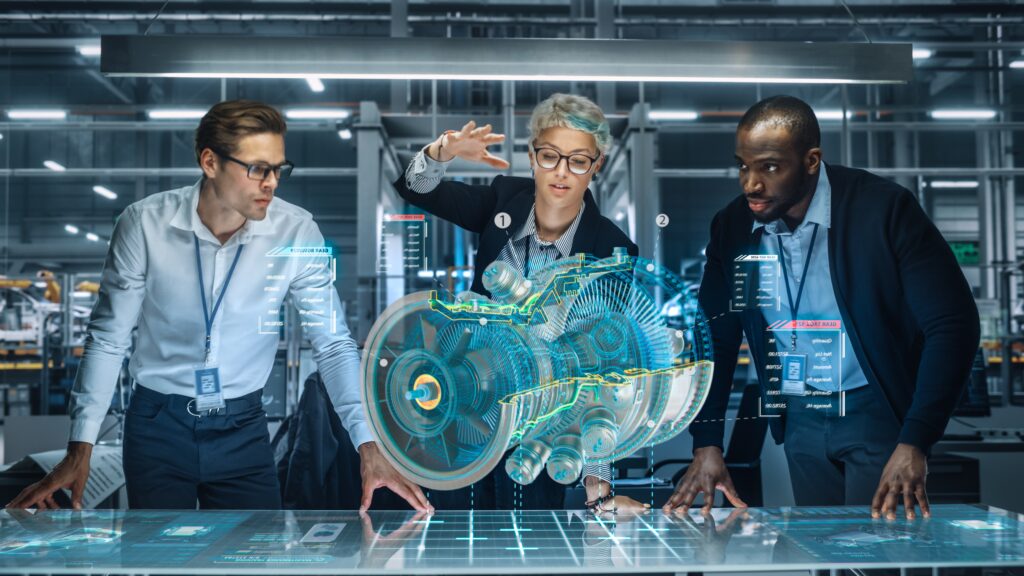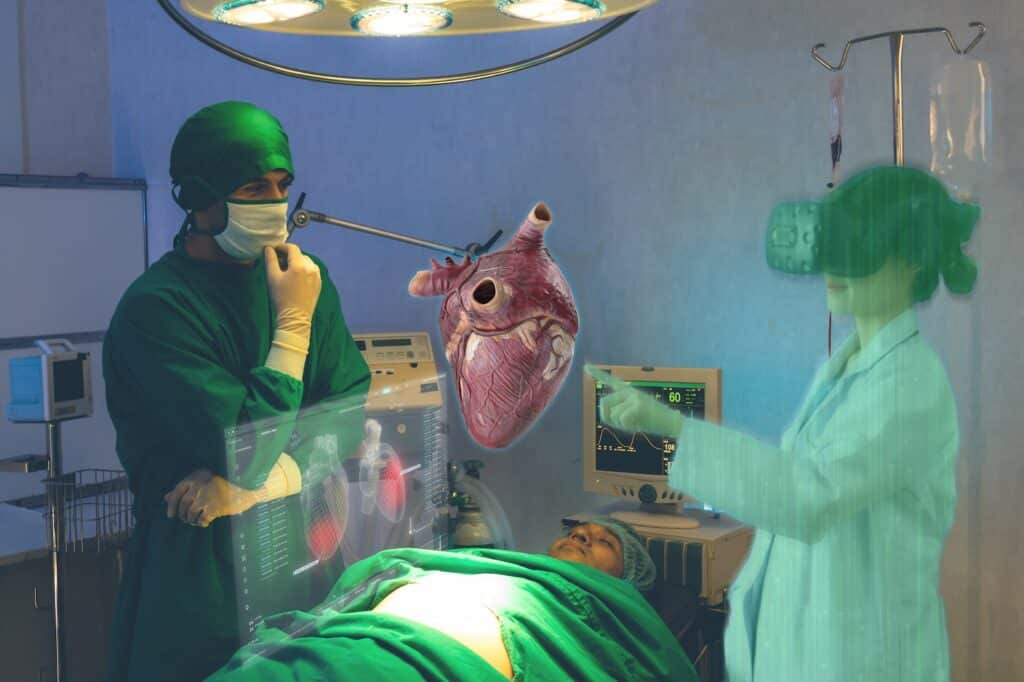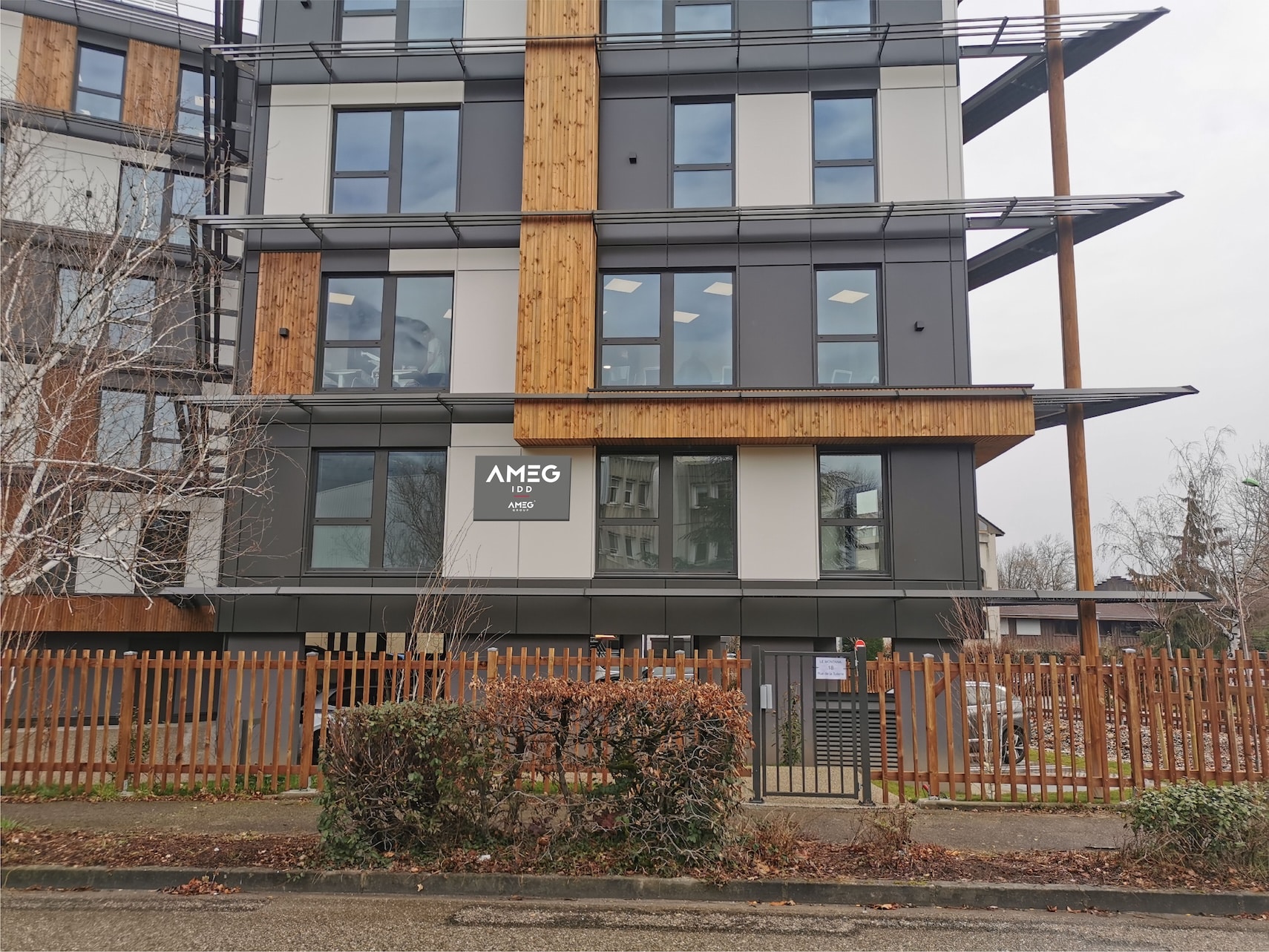Digital twin: definition and challenges
The digital twin weaves a perfect alliance between the concrete and the virtual to offer us a whole new vision of innovation.

At the heart of contemporary technological innovation, the digital twin is emerging as a perfect synthesis between tangible reality and the virtual universe. Profoundly transforming the way we work, live and interact, they offer cutting-edge tools for predicting and refining processes in a variety of fields. The digital twin embodies the advent of an era focused on prediction, personalization and operational excellence. Let's delve into the world of the digital twin to grasp its exact definition and explore the challenges and opportunities it presents for our modern world.
Definition of a digital twin
What is a digital twin?
The digital twin, a key concept of the digital age, is a faithful, dynamic digital model of a real object, system or process. This definition of "digital twin" encompasses the creation of a virtual model that faithfully reproduces every detail of its physical counterpart.
The digital twin acts as a bridge between the tangible and digital worlds, offering a clear and precise vision of the state and functioning of the object or system it models, in real time. This makes it an essential innovative tool for the digital transformation of many sectors.
Technology and the workings of a digital revolution
The digital twin stands out as a major step forward in the digitization of processes. This virtual modeling technology relies on a multitude of sensors and the Internet of Things (IoT).
These sensors collect data in real time, which is processed, analyzed and integrated into this virtual representation to simulate, analyze and optimize the operation of the real entity. The result? A dynamic simulation capable of reproducing and anticipating scenarios in real time.
Take the aeronautics industry, for example: a digital twin of an aircraft engine provides a precise view of its condition in real time, facilitating monitoring, prediction of maintenance requirements and continuous improvement of its performance.
This capability makes the digital twin a powerful tool for decision-making, performance optimization and failure prevention.
The major challenges of the digital twin
Anticipation and optimization with the digital twin
One of the major promises of the digital twin lies in its predictive capability. By continuously capturing and analyzing data in real time, it offers a proactive view of potential malfunctions, enabling action to be taken even before a problem occurs. This anticipation translates into enhanced performance optimization and a significant reduction in the risk of failure.
In the energy sector, the predictive capacity of the digital twin comes into its own. Imagine a power plant equipped with a digital twin: by analyzing energy flows, temperatures and equipment vibrations, the digital twin can detect the early signs of a breakdown and recommend corrective action. What's more, it facilitates production management, ensuring a constant, optimum supply of energy.
The digital twin is therefore an invaluable ally for performance optimization, predictive maintenance and optimal resource management.
The digital transformation of companies
In the digital age, companies are constantly looking for innovative solutions to stay competitive. The digital twin is a central pillar of this transformation and of Industry 5.0. By offering a faithful virtual representation of physical assets, it facilitates the integration of digital technology into operational processes, boosting productivity in day-to-day operations and fostering innovation.
Thanks to the digital twin in the construction sector, for example, companies can visualize the progress of a construction project in real time, anticipate potential obstacles, control costs and ensure impeccable quality.
This 360° vision enables informed decision-making, optimized project management and improved collaboration between the various stakeholders. In short, the digital twin is much more than a technological tool: it is the driving force behind a successful and lasting digital transformation.
Ethical and security issues of the digital twin
The era of the digital twin, while opening up promising horizons, also raises major ethical and security concerns.
As data is collected and analyzed in real time, questions of confidentiality and security arise. It is essential to guarantee data protection, and to address the ethical issues associated with its use.
In a world where cyber-attacks are commonplace, ensuring data security is of paramount importance. The ethical use of this data is just as crucial. Take the medical sector, for example: a patient's digital twin, by collecting sensitive information, can certainly optimize care, but it raises ethical questions about the access, storage and use of this medical data. It is therefore imperative to establish solid regulatory frameworks and rigorous security protocols to navigate this digital universe with complete confidence.
In a world where the tangible and the digital are increasingly merging, the digital twin is emerging as the ideal link between these two worlds. It outlines a future rich in opportunities and challenges, redrawing the contours of innovation and offering extraordinary potential. In the face of this major technological advance, adaptation becomes crucial if we are to seize the full potential on offer. AMEG Group is at your side to guide you through your digital metamorphosis. Contact us



